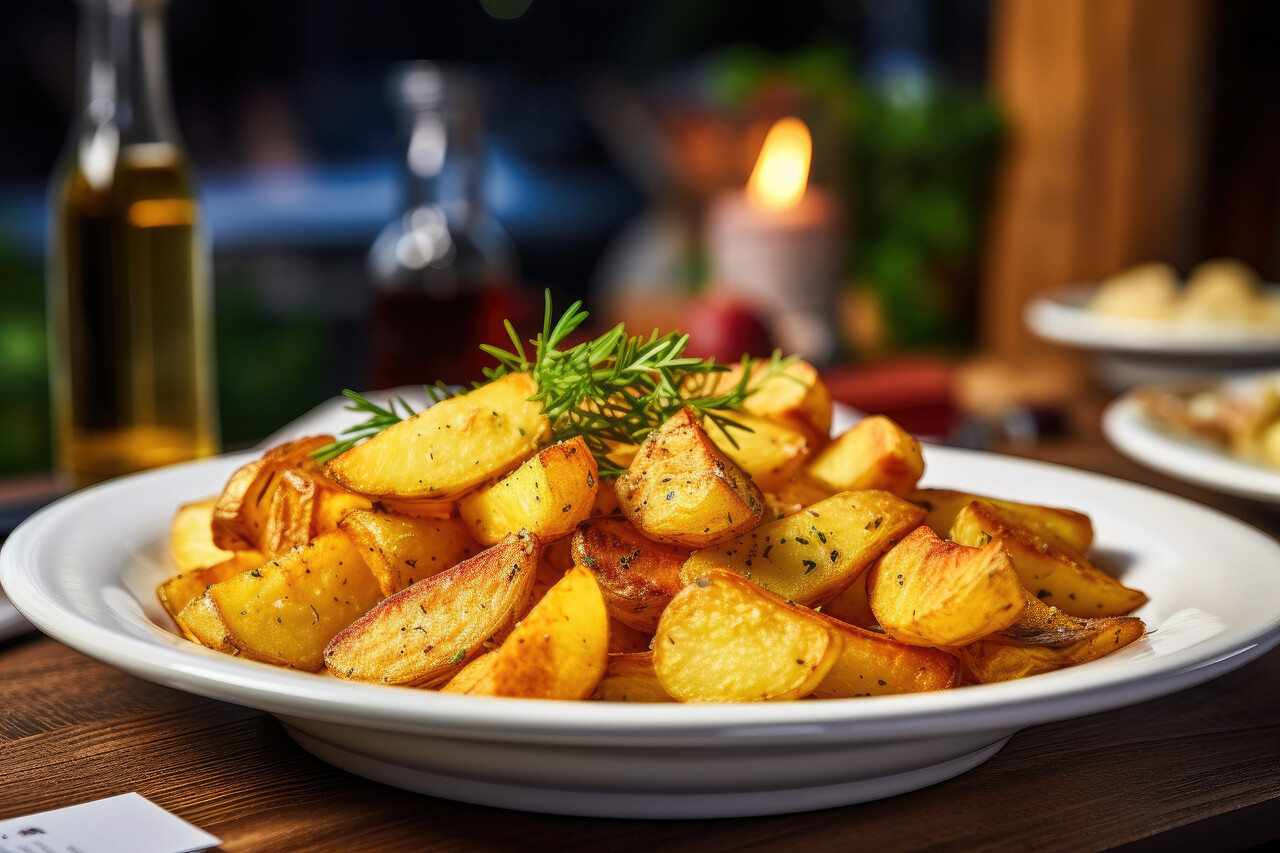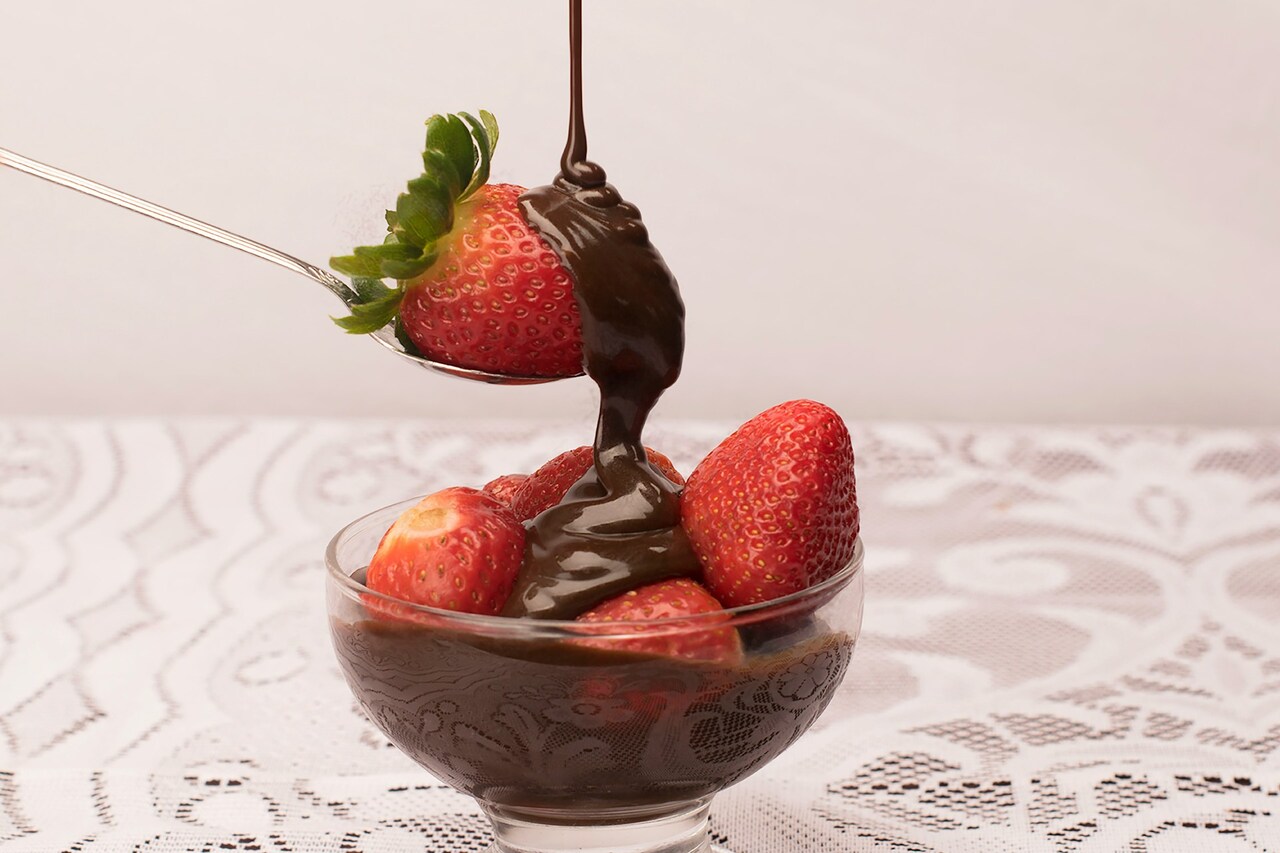11 Popular Apple Varieties and How Their Taste and Texture Compare
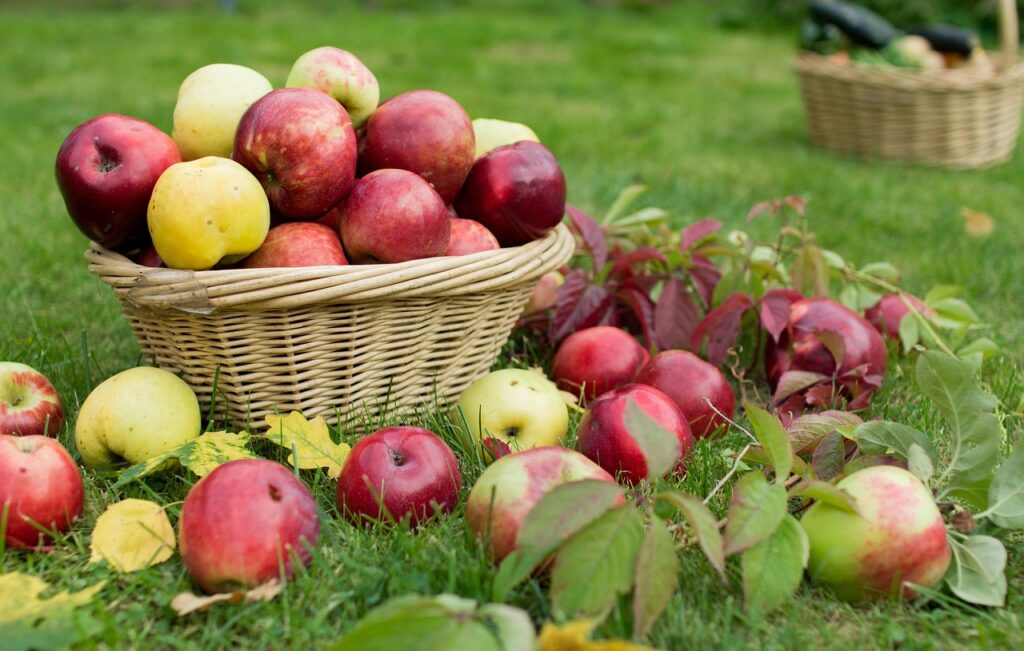
Apples might look similar lined up in a grocery store, but each variety tells a different story once you take a bite. Some snap with tartness, others melt into sweetness, and a few strike the perfect middle ground. Whether you’re packing a lunch, baking a pie, or pairing slices with cheese, knowing which apple to grab can make all the difference. Here’s a breakdown of 11 popular apple varieties, how they taste, and what kind of texture you can expect when you sink your teeth in.
1. Honeycrisp
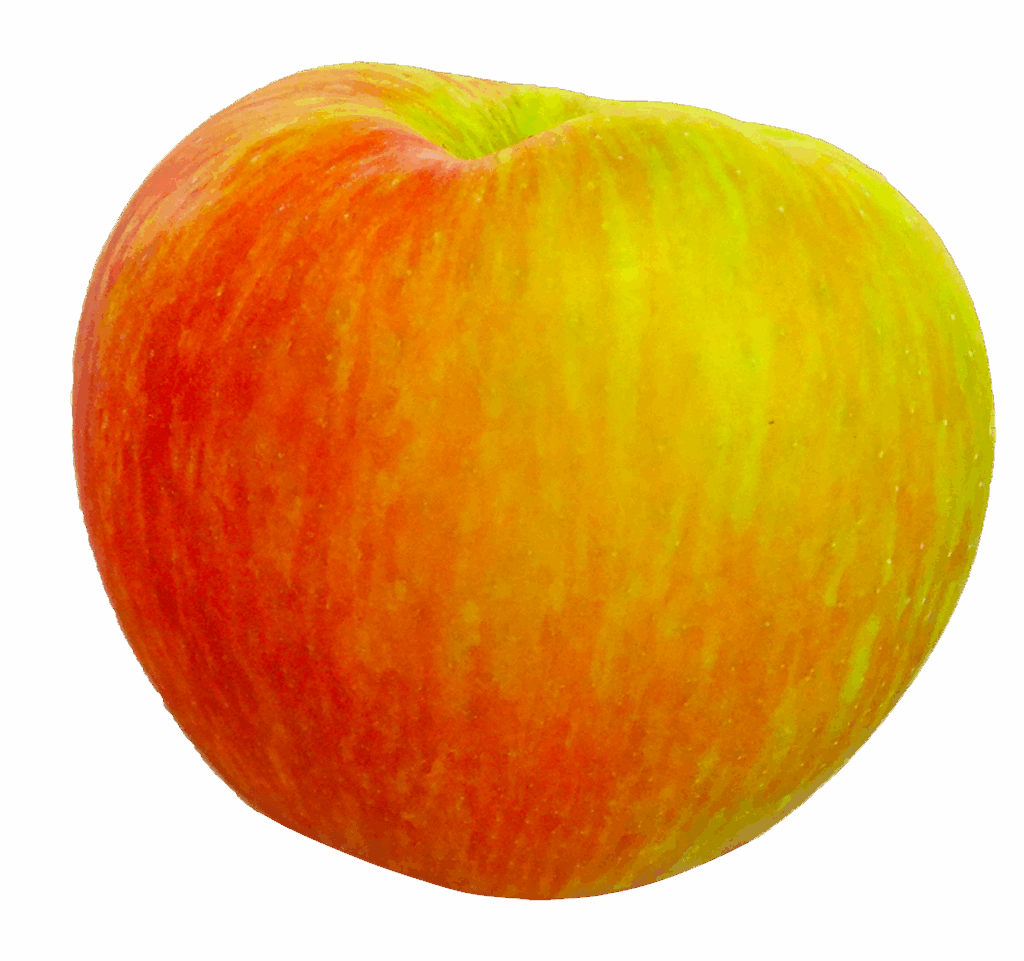
Honeycrisp lives up to its name: every bite bursts with juicy sweetness balanced by a gentle tang. The texture is famously crisp, making it one of the most refreshing apples to eat raw. Its thick skin locks in moisture, which explains why it stays crunchy longer than most. If you like a fruit that delivers both flavor and snap, this is your go-to. It also holds its shape when baked, adding a pleasant bite to crisps and tarts without turning mushy. You’ll find them at their best in fall, when their sugar content peaks. They’re also a great pick for cider lovers looking for a bright, clean flavor.
2. Fuji
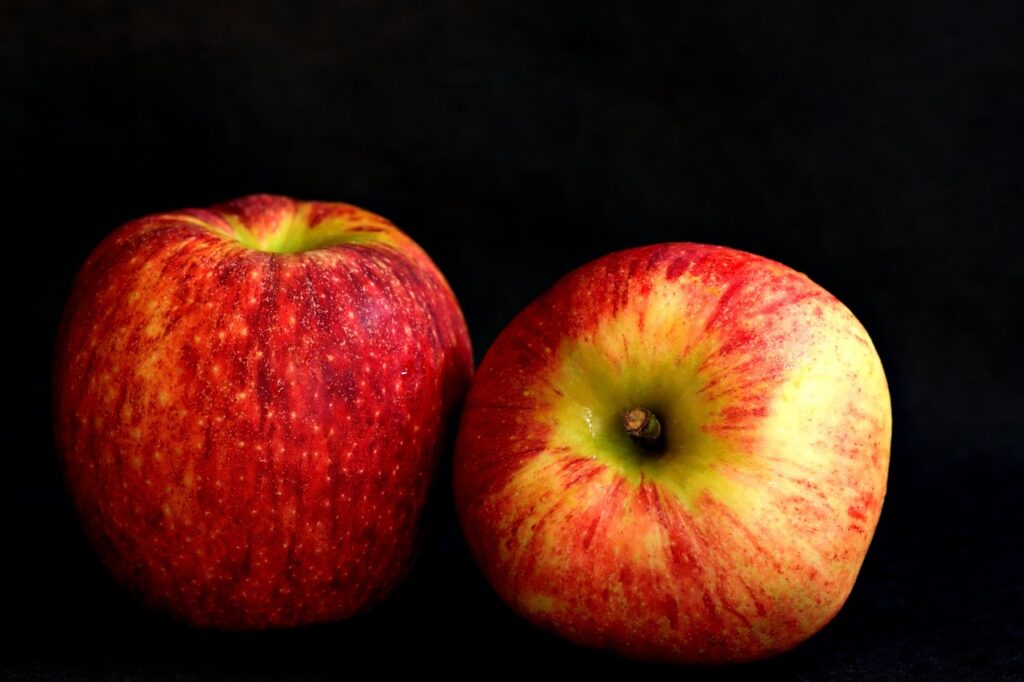
Fuji apples are among the sweetest you’ll find. They have a dense, firm texture and low acidity, which gives them a rich, honey-like flavor. Their crispness makes them perfect for eating fresh, and their sweetness means you can skip added sugar in recipes. They don’t brown as quickly as others once sliced, so they work well on cheese boards or in lunch boxes. If you like a mellow, dessert-like apple, Fuji will never disappoint. They were originally bred in Japan, combining Red Delicious and Ralls Janet varieties. That mix created one of the most globally popular apples for good reason.
3. Gala
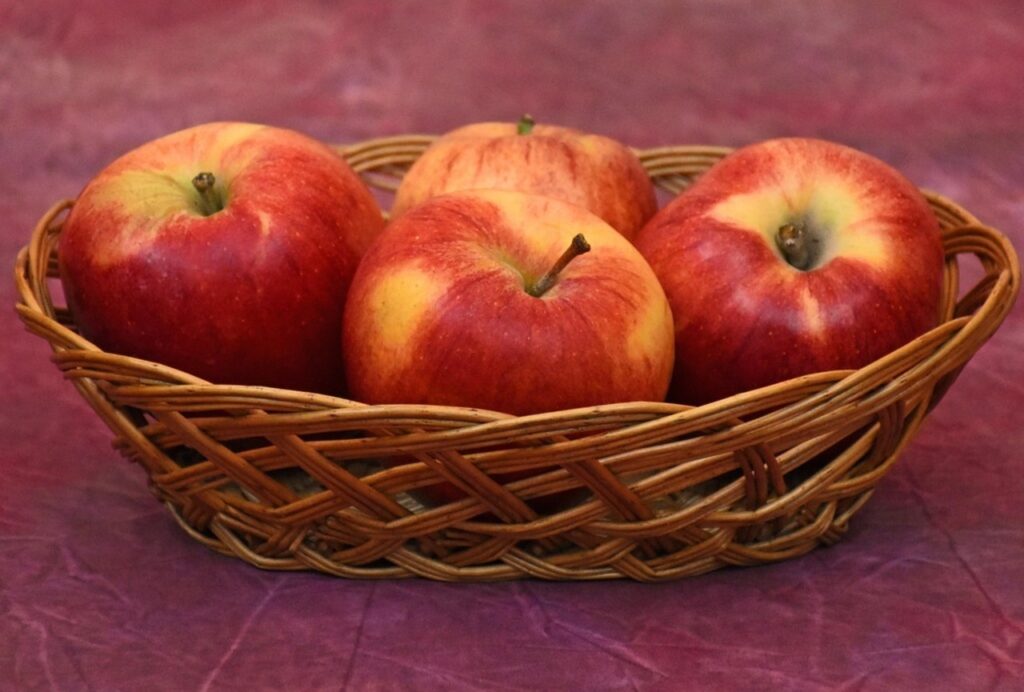
Gala apples are a favorite for their mild, floral sweetness and tender crunch. Their thin skin makes them easy to eat raw, especially for kids or anyone who prefers a less firm texture. The flavor leans toward honey and vanilla rather than tangy, which pairs well with nut butter or oatmeal. They’re not the best for baking since they soften quickly, but their delicate texture shines in fresh salads or fruit bowls. You’ll enjoy their consistent sweetness, bite after bite. Galas also tend to ripen early in the season, making them one of the first fresh apples to hit stores. Their gentle flavor makes them a good intro for people who don’t usually eat apples.
4. Granny Smith
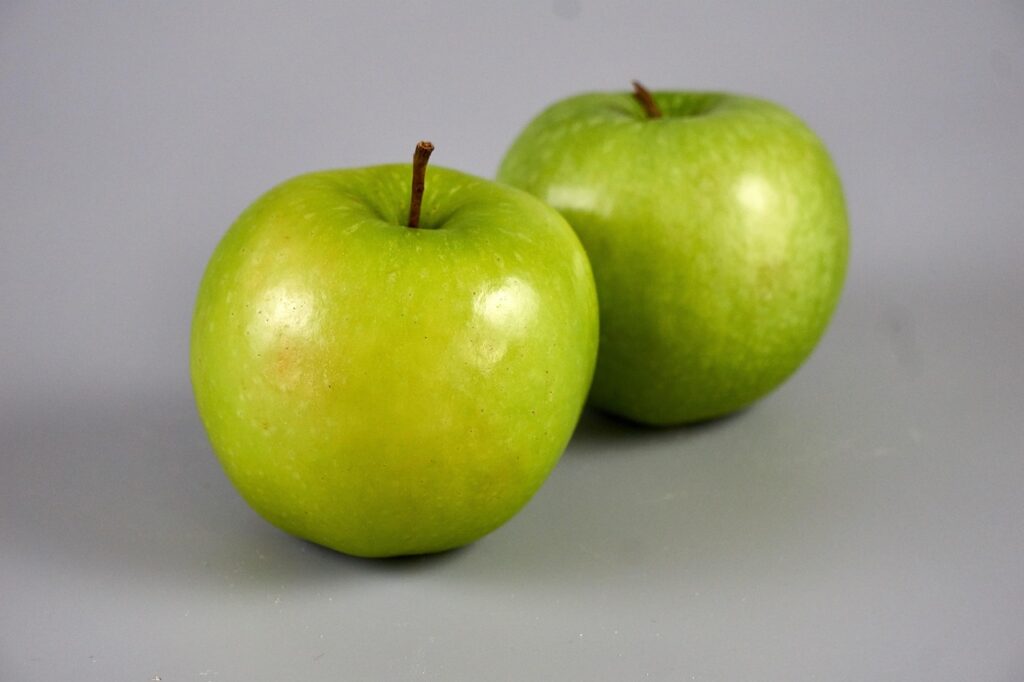
If you love tart fruit, Granny Smith is the classic choice. Its bright green skin hints at the sharp flavor inside. The flesh is crisp and firm, with enough acidity to make your mouth water. That tartness holds up beautifully in pies and sauces, balancing out sugar and spices. When eaten raw, it’s refreshing and palate-cleansing. Try it with cheddar or caramel for a satisfying contrast. It’s the apple that keeps recipes lively and snacks interesting. Granny Smiths also last a long time in the fridge without losing texture. Their high acid content makes them ideal for cider blends that need extra bite.
5. Pink Lady (Cripps Pink)
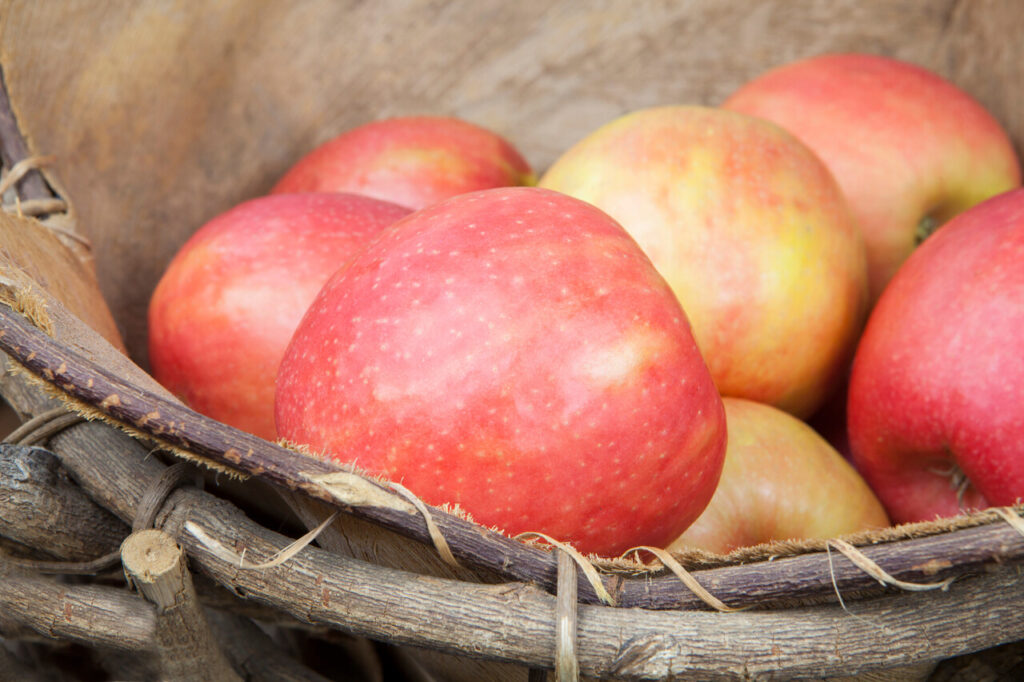
Pink Lady apples offer a complex mix of sweet and tart with a crisp, effervescent texture. The first bite often starts tangy, then mellows into a honeyed finish. Their dense flesh gives a satisfying crunch and resists browning longer than many others. They’re ideal for salads, slaws, or snacking on their own. The balance of flavor makes them versatile for both sweet and savory dishes, and their rosy blush skin adds a bright pop of color to any plate. Pink Lady apples are also known for their high sugar-to-acid ratio, giving them a long shelf life. Their vibrant flavor profile makes them a chef’s favorite for gourmet pairings.
6. Red Delicious
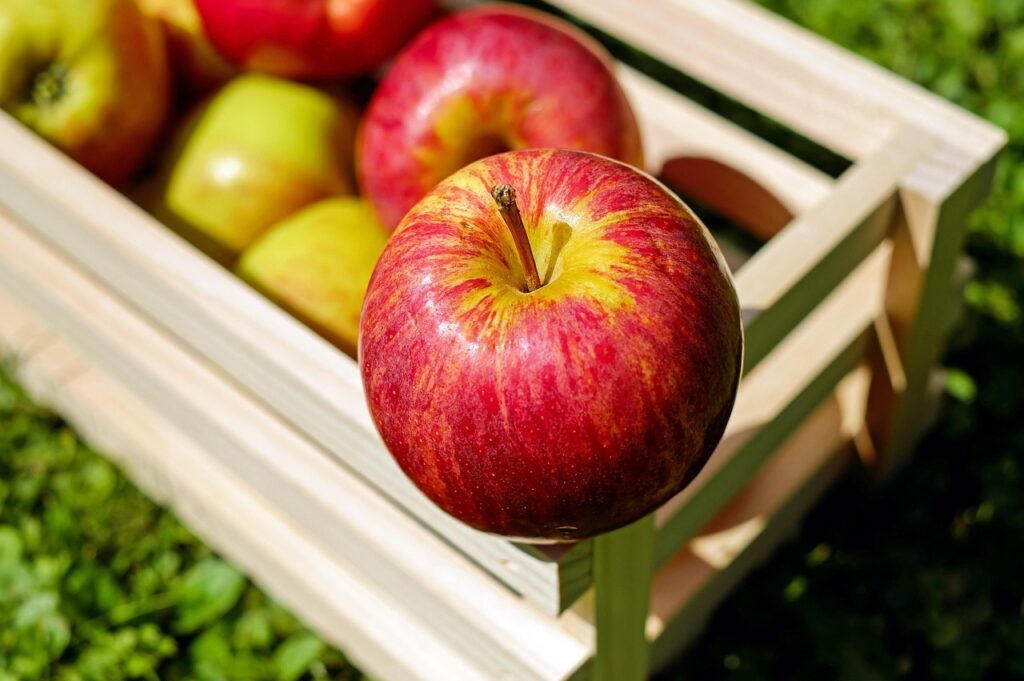
Once the symbol of American apples, Red Delicious is known for its deep crimson skin and mild flavor. Its texture is soft rather than crisp, with a subtle sweetness that lacks acidity. While it’s less popular for baking, it still works well in fresh salads where color and visual appeal matter. If you prefer a gentle apple with a smooth bite, this one fits the bill. It’s more about nostalgia and looks than bold taste, but it remains a grocery staple. Red Delicious peaked in the mid-20th century, prized for appearance over taste. Today, it’s often used in juicing or blends rather than eaten solo.
7. Golden Delicious
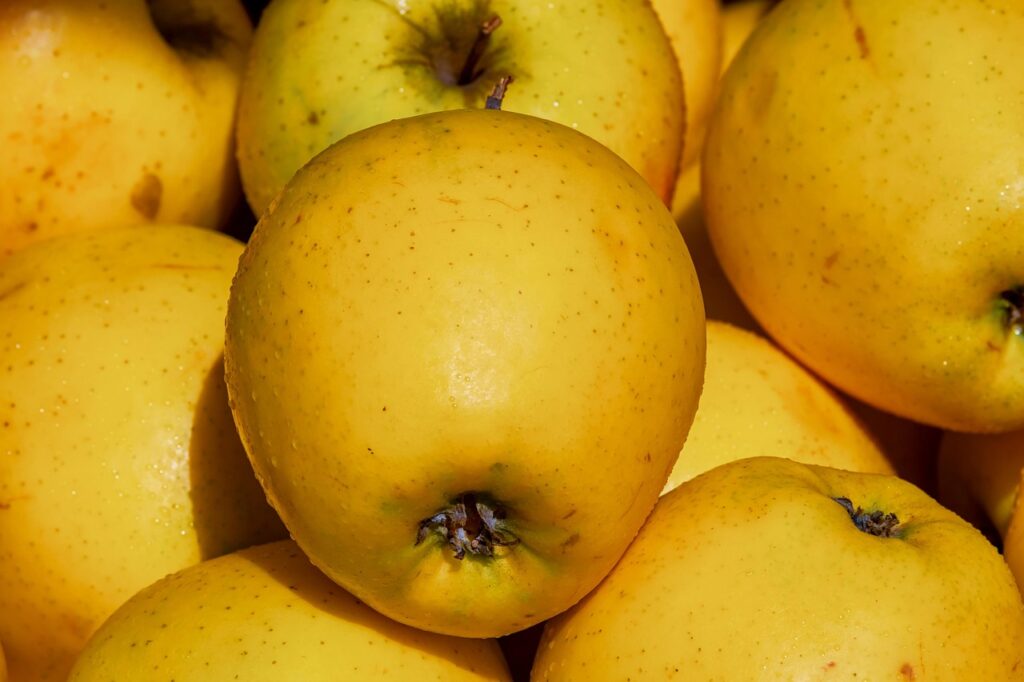
Golden Delicious is the quiet multitasker of the apple world. Its flavor is sweet but balanced, with a mild spice note that develops as it ripens. The flesh is tender yet firm enough to hold up in pies, sauces, and snacks. Unlike tart varieties, it doesn’t need much sugar in desserts, making it ideal for lighter recipes. Its thin skin and even texture also make it kid-friendly. If you want one apple that does everything reasonably well, this is it. Golden Delicious also pairs beautifully with cinnamon and nutmeg in baked dishes. It’s a favorite among home cooks for applesauce that tastes naturally rich.
8. Braeburn
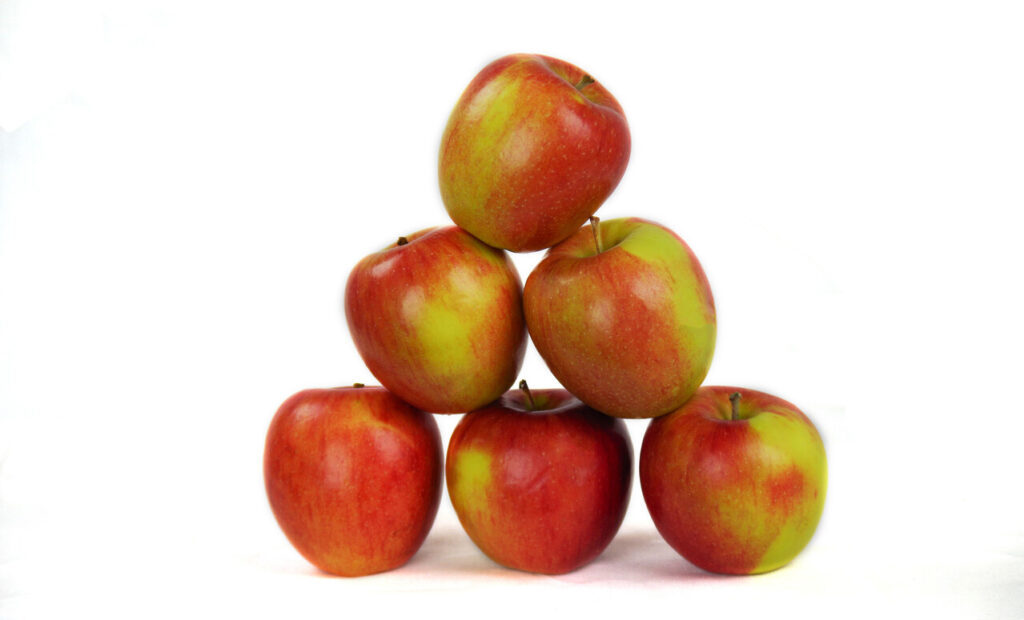
Braeburn brings a nice harmony of sweet and tart, with firm, juicy flesh that resists turning soft under heat. Its flavor has hints of citrus and spice, giving it a depth that stands out from milder varieties. It’s excellent for baking because it maintains its shape, and it’s equally refreshing when eaten raw. Braeburns also store well, keeping their crispness for weeks. If you like an apple that wakes up your taste buds without overwhelming sweetness, this is a solid choice. It’s said to have originated by chance in New Zealand in the 1950s. Today, it’s prized by bakers who want apples that hold structure under heat.
9. Ambrosia
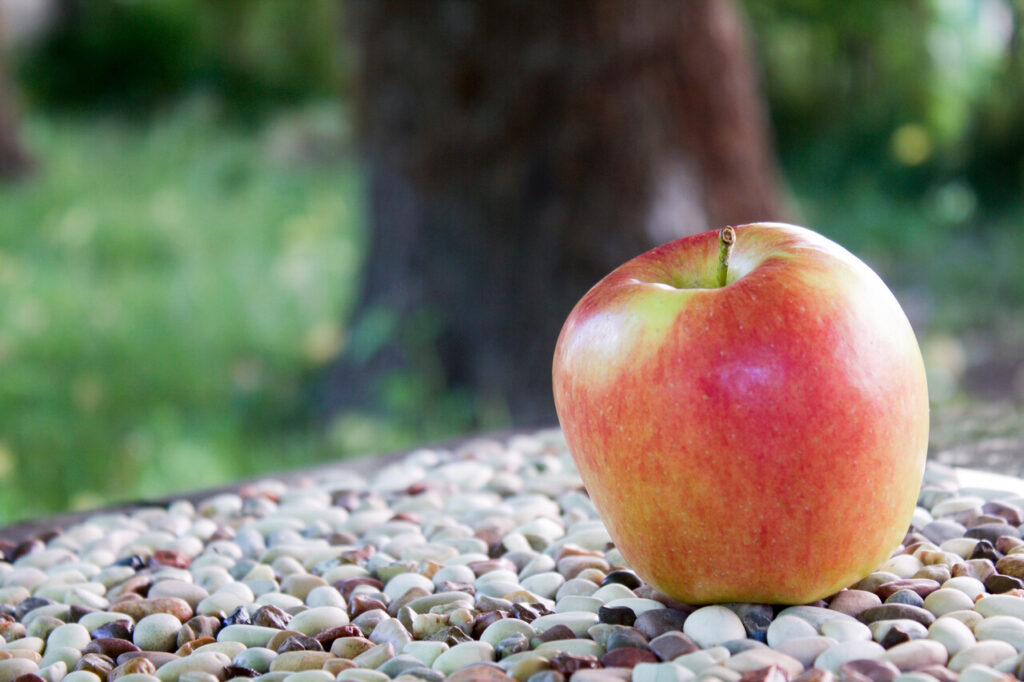
Ambrosia apples are all about smooth sweetness. They have low acidity, so the taste is more mellow than tangy, with a flavor often compared to honey or pear. The texture is crisp but less snappy than a Honeycrisp, making them easy to chew. They’re great for fresh snacking, juicing, or slicing over pancakes and yogurt. Since they resist browning, Ambrosias look fresh longer, even in fruit platters. They’re one of the most dessert-like apples without being cloying. The variety was discovered by chance in British Columbia in the 1990s. Its name, meaning “food of the gods,” fits its naturally candy-like sweetness.
10. Jonagold
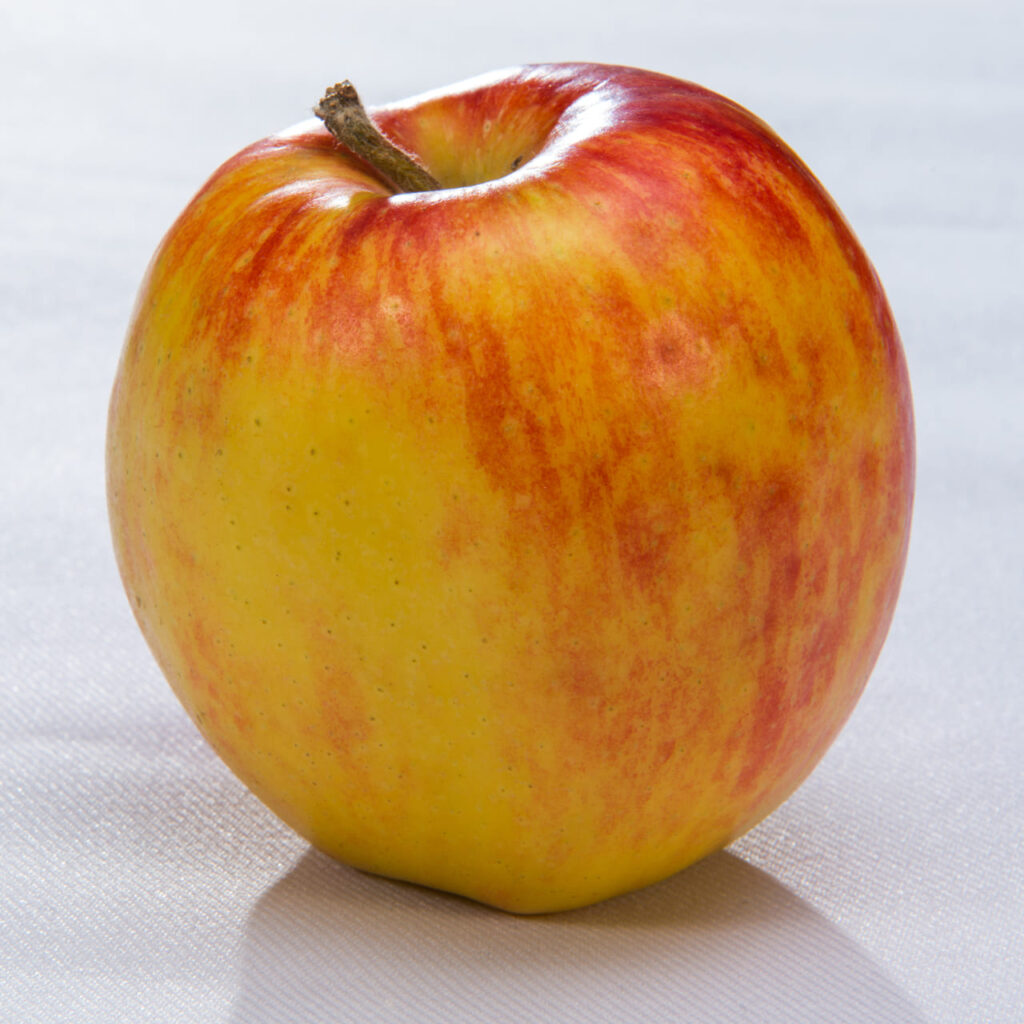
Jonagold combines the tartness of Jonathan apples with the sweetness of Golden Delicious, creating a bright, balanced flavor. The flesh is juicy and crisp, with a slightly aromatic edge that enhances both eating and cooking. It caramelizes beautifully in pies or tarts while staying flavorful when raw. If you like complexity in your fruit, Jonagold delivers it in every bite. It’s also larger than most apples, which makes it great for sharing or slicing into hearty wedges. Jonagold thrives in cooler climates, which helps preserve its high sugar content. You’ll often find it in cider blends that aim for full, layered flavor.
11. Cosmic Crisp
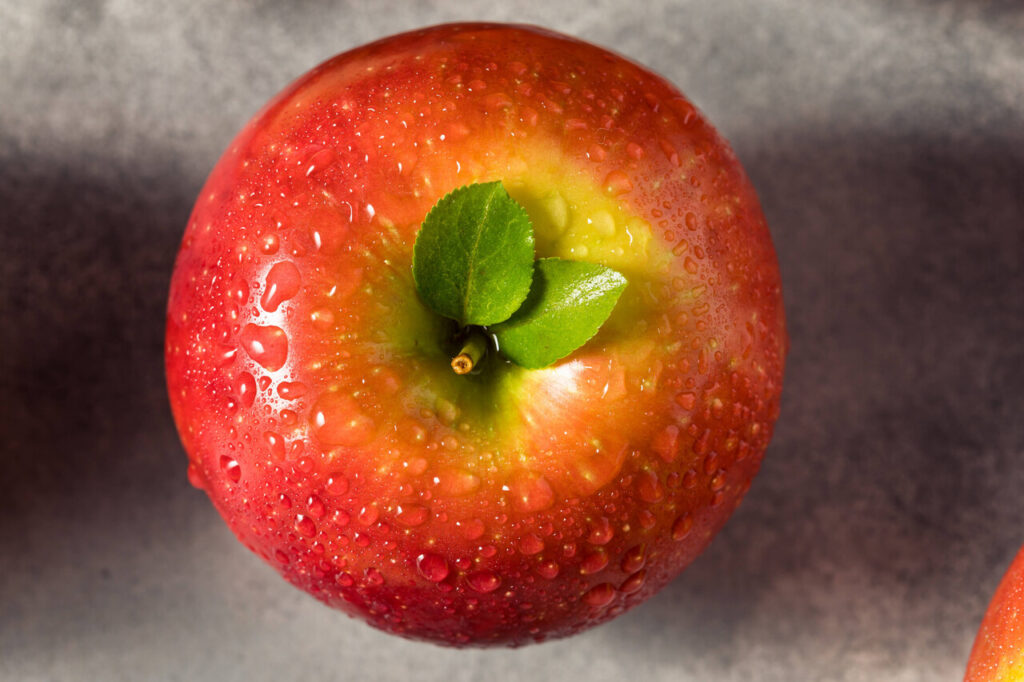
Cosmic Crisp is one of the newer varieties, bred for both crunch and flavor. It blends the juiciness of Honeycrisp with the firmness of Enterprise apples, giving it a crisp yet dense bite. The taste starts sweet, then shifts into a subtle tang that keeps it interesting. It’s slow to brown, stores remarkably well, and keeps its texture even weeks after purchase. If you want a reliable, all-purpose apple with balanced sweetness and serious crunch, Cosmic Crisp delivers. Developed in Washington State, it was first released in 2019 after years of research. Its star-speckled skin inspired the “cosmic” name, and it’s quickly becoming a modern favorite.


